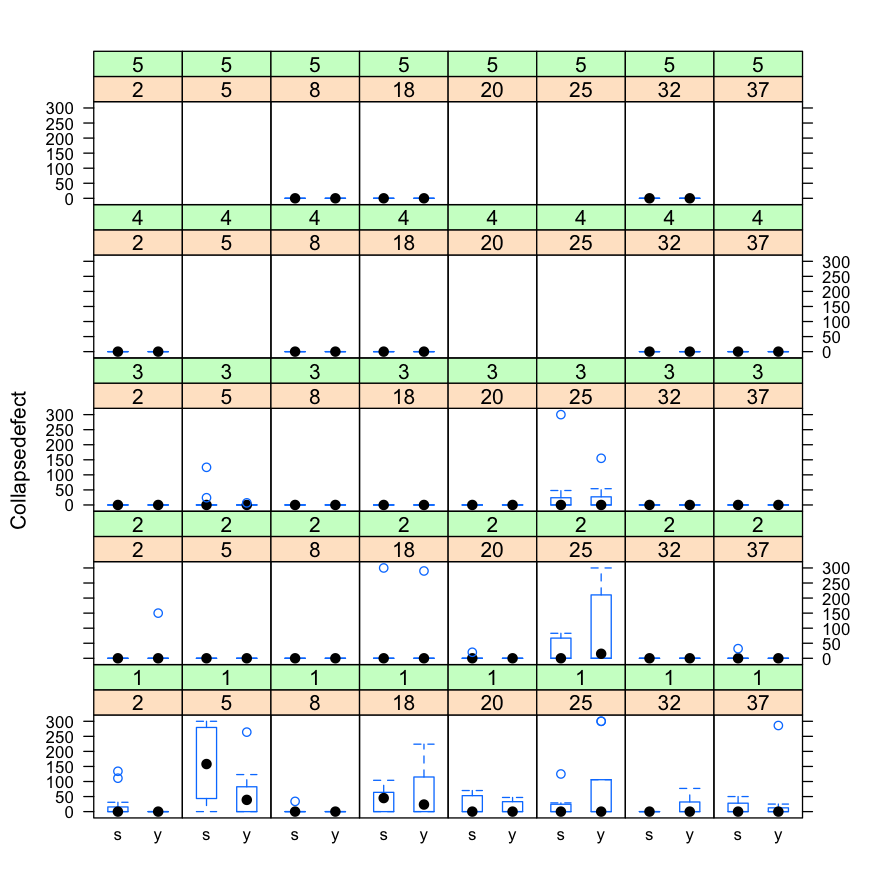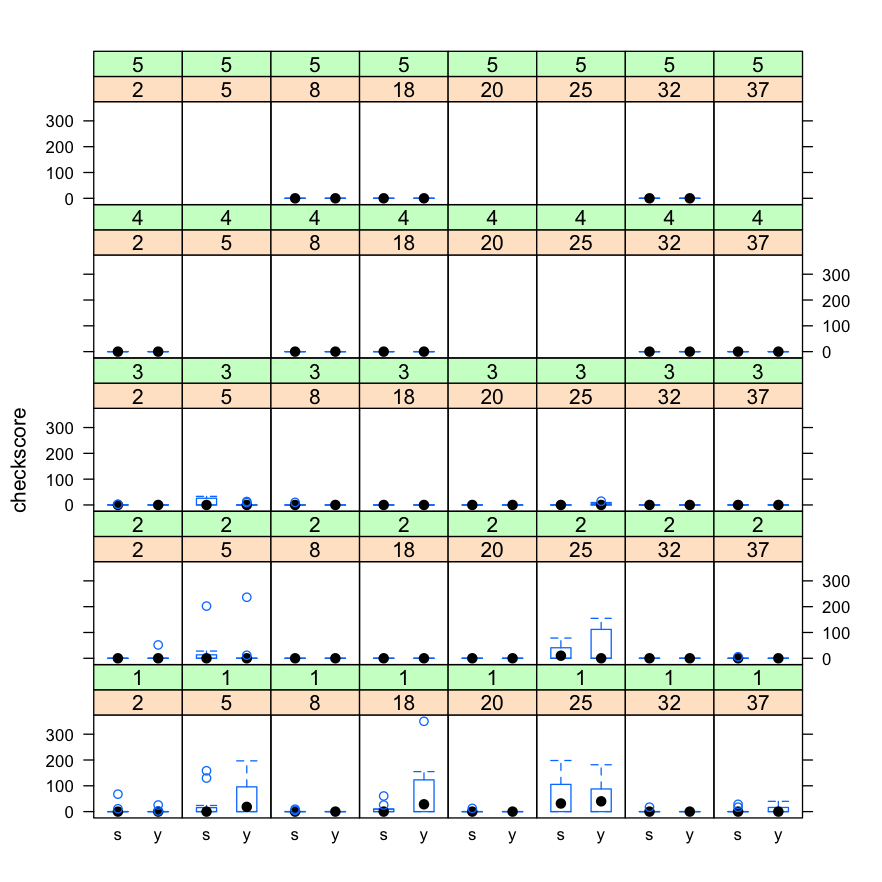Eucalyptus nitens, recovery and economics of processing 15 year old trees for solid timber
Report Date: May 2015
Author: Dean Satchell, Sustainable Forest Solutions, R.D. 1 Kerikeri, Northland 0294
+64 21 2357554
Special thanks and acknowledgement go to:
- MPI Sustainable Farming Fund
- Neil Barr Farm Forestry Foundation
- John Fairweather Specialty Timbers
- North Canterbury, South Canterbury, South Otago and Southland branches of NZFFA
- NZFFA Eucalyptus Action Group
- NZFFA Research committee
Appendix 2: Sawn timber price estimates
Appendix 3: Literature review - Value-based survey pricing methods
Appendix 4: Literature review - Estimating profitability of growing E. nitens for solid timber production
Appendix 5: Sawmilling method
Appendix 6: Flooring price survey instrument
Appendix 7: Survey results table
Appendix 8: Survey analysis
Appendix 9: Wood physical properties, test results
Appendix 10: Glossary of terms
Appendix 11: Case study stand plot
Appendix 12: Comparison between levels of internal and surface checking
Appendix 13: Air drying experiment
Appendix 14: Sensitivity analysis
Appendix 13: Air Drying experiment
Introduction
If drying outdoors were to produce no more drying degrade than shed drying, this would be the preferable method in economic terms because of lower costs. An experiment was designed to compare these two methods to determine best practice as an economic analysis.
This study design was:
- For slow air drying from green with finishing in a solar kiln;
- to wrap stacks with permeable cloth to slow air flow through the stacks; and
- to compare sawn timber value from shed air drying with outdoors air drying.
Drying costs were estimated per nominal sawn cubic metre of timber, for both yard and shed drying. Log residual values for this study were estimated based on yard drying because this was the less expensive option and the results of the drying experiment (see below) revealed that no significant differences in quality were evident.
Drying Methods
For drying methods used in this drying experiment, see Methods.
One stack (the 'yard drying' treatment) was positioned outdoors in the drying yard adjacent to the sawmill, sheltered from prevailing winds and on compacted gravel. This stack was positioned between two other timber stacks each of approximately equal height, with a 30 cm gap between stacks to limit air movement. The two ends were open to air movement with no adjacent stacks present. Positioning of stacks simulated a production situation where stacks would be held in reasonably close proximity.
The other stack was positioned inside a drying shed with a concrete floor, corrugated iron roof and slatted walls. The slats covered half the wall area and were installed to limit air flow through the shed.
Both stacks were wrapped with a single layer of microclima cloth and a single 1800 kg concrete slab was placed on top of each stack to weight it.
Methods of Analysis
Board prices resulting from two different drying methods, air drying outdoors and air drying in a drying shed, were compared. Board grade recoveries could not be directly compared because grading decisions are based on judgement calls that consider the value compromise between shorter lengths of higher grades and longer lengths of lower grades.
Individual board prices were calculated by summing the prices for each piece within the board that met a grade. Pieces were priced according to the length of the piece multiplied by the price of the profile allocated to the piece. The price for each profile was determined by the grade, length and width categories.
Grading of boards was undertaken before board profiles were priced from survey results. Therefore, arbitrary prices for board profiles were set in advance of grading, on which grading judgement calls were based.
Board prices used for grading decisions
Price discounts were set for board profiles based on a reference profile of select grade, 150 mm width, > 1.2 m length. Price discounts were applied to board lengths, widths and grades according to the assumptions used for grading the boards.
For the flooring timber (100 mm, 125 mm and 150 mm widths), price discounts were set for board lengths, widths and grades:
Discounts from >1.2 m lengths:
- 10% for 900-1200 mm length.
- 25% discount for 600 - 900 mm length.
- 75% discount for 300 - 600 mm length.
Discounts from 150 mm flooring width:
- 25% discount for 125 mm width.
- 40% discount for 100 mm width.
Discounts for grades:
- 20% discount from AS select grade to AS standard grade.
- 20% discount from FFT clears grade to FFT standard grade.
- 50% discount from AS select grade to AS high feature grade.
- 50% discount from FFT clears grade to FFT feature over joists grade.
- 5% further discount from FFT over joists grade to FFT overlay grade.
For the 50 mm and 75 mm widths (joinery and panel-laminating stock) price discounts were set for grades, widths and lengths:
Discount for FFT Joinery clears grade:
- 50% discount from the reference profile price for 75 mm width.
- 66.67 % discount from the reference profile price for 50 mm width.
Discount for grades:
- 20% discount from FFT Joinery clears grade to FFT Panel Laminating grade two edges clear.
- 30 % discount from FFT Joinery clears grade to FFT Panel Laminating one edge clear.
Discount for lengths:
- 50% discount from > 1500 mm length to 300 mm - 1500 mm length.
Discounts for each profile were summed from discounts for each characteristic level present in the profile. The discount was then applied to the profile, revealing a price per lineal metre for that profile.
Statistical analysis
Individual board prices were compared between the two drying treatments and according to tree and log position. The R statistical software package was used for analysis of variance (ANOVA). Because log position within tree is not a random variable a mixed effects model was applied to determine probability of rejecting the null hypothesis that there was no difference between drying treatments.
Results
Results from analysis of variance show no significant difference between drying treatments and that the null hypothesis that the two treatments are equal cannot be rejected (P=0.7531). Box and whisker plots are presented below for collapse defect and for check scores on the profiled surfaces.

Collapse defect levels and standard deviations for collapse defect in boards for trees and logs according to drying treatment (y=yard drying, s= shed drying).

Checking levels and standard deviations of checking levels as a score for trees and logs according to drying treatment (y=yard drying, s=shed drying).
Disclaimer: The opinions and information provided in this report have been provided in good faith and on the basis that every endeavour has been made to be accurate and not misleading and to exercise reasonable care, skill and judgement in providing such opinions and information. The Author and NZFFA will not be responsible if information is inaccurate or not up to date, nor will we be responsible if you use or rely on the information in any way.



